Binance vs Coinbase – 2023 Review (Updated)
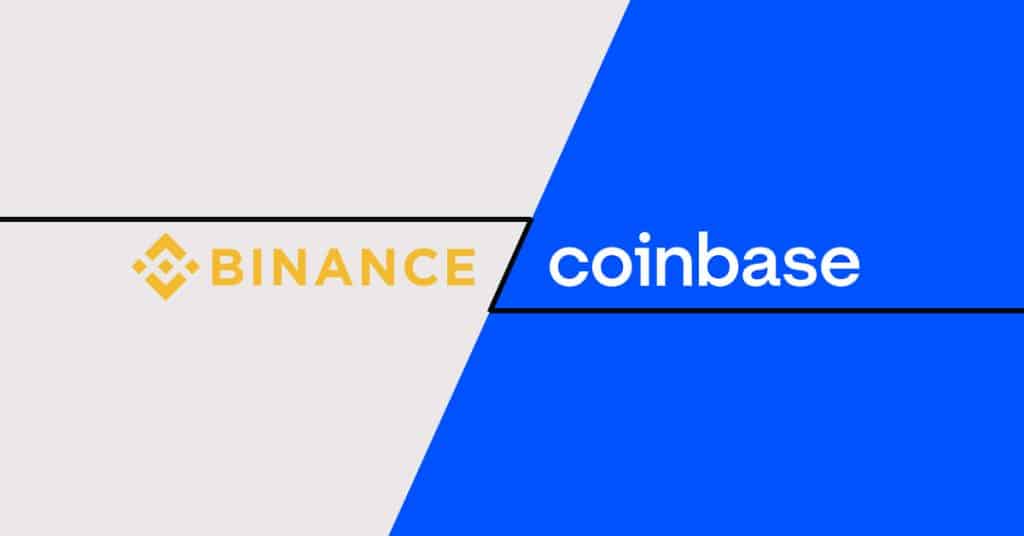
Two of the biggest (if not THE biggest) centralized cryptocurrency exchanges for buying, selling, and trading are Binance and Coinbase. To help you choose which platform is best for you, we’ve examined each option’s supported currencies, security, costs, features, and more.
An Introduction to Binance
Binance, one of the most popular centralized cryptocurrency exchanges, is a platform to purchase and sell cryptocurrency. It was established in China in 2017 by CEO Changpeng Zhao, also known as CZ. With 90 million registered users, $76 billion in 24-hour daily volume, and more than 600 cryptocurrencies available, it has swiftly expanded in size. In order to comply with US regulations, US residents can only use a scaled-down version of the platform (Binance US), which is available in more than 180 other countries. As a result of a collaboration between Binance and BAM Trading Services, Binance US was introduced in September 2019 and it functions as a distinct legal entity.
Must read: How to buy crypto on Binance | Full Guide
An Introduction to Coinbase
Coinbase was one of the first cryptocurrency exchanges, launched in 2012 by Brian Armstrong and Fred Ehrsam, to allow users to buy and sell crypto. Coinbase is a US-based platform available in over 100 countries, with over 103 million verified users, and has a quarterly traded volume of $217 billion. With an easy-to-use app and over 200 cryptocurrencies to choose from, Coinbase has become a popular exchange amongst the investor community. In 2022, Coinbase announced it was discontinuing its professional trading platform, Coinbase Pro, and merging it with existing services to have everything under one roof.

Buy, trade, and hold 600+ cryptocurrencies on Binance
$600 BONUS + 10% OFF FEESBinance vs Coinbase: Quick Glance
There are two main differences between the two platforms: scale and transparency. Binance caters to every type of investor, with different interfaces to choose from based on ability, and over 600 cryptocurrencies to trade. Binance can therefore offer incredibly low fees and transparency of its fee structure. On the flip side, Coinbase has opted for a simple interface ideal for beginners, offers over 200 cryptocurrencies, and does not disclose its fee structure.
| BINANCE | COINBASE | |
| Access | Over 180 countries | Over 100 countries |
| Features | Multiple trading interfaces, Multiple order types, Low fees, Recurring buys, Staking, Custom API keys, Binance Academy, Mobile app, Derivatives, NFT marketplace, Crypto loans, Binance card with cashback, Binance gift card, Binance Pay,24/7 chat support. | Simple interface, Advanced trading interface (replaces Coinbase Pro), Recurring buys, Staking, Custom API keys, Coinbase Learn, Mobile app, Derivatives, NFT marketplace, Crypto loans, Coinbase card, and Crypto gifting. |
| Cryptocurrencies | Over 600 cryptocurrencies | Over 200 cryptocurrencies |
| Fees | No trading fees on 13 Bitcoin spot trading pairs until further notice, a maximum 0.1% buying and selling fee, a 25% discount on your trading fee if you pay with Binance Coin (BNB), an Additional 2% fee for credit card purchases, No fees for USD deposits or withdrawals, Deposit and withdrawal fees vary by currency and crypto, Higher discounts with the VIP program. | Fees disclosed at the time of the transaction, Fees are determined by a combination of factors, including the selected payment method, the size of the order, and market conditions such as volatility and liquidity. |
| Security | 2FA via SMS or Google authenticator app or hardware key, Device-level access restrictions, Whitelist wallet addresses, Partnered with Trust wallet, a third-party hot wallet. | 2FA via SMS or Google authenticator app or hardware key, Whitelist wallet addresses, Lock account feature, Built-in wallet, Vault option for cold storage, and multi-signature wallets. |
Binance vs Coinbase: Access
Although they are both international cryptocurrency exchanges, not all countries have access to Binance and Coinbase. With over 600 cryptocurrencies to pick from, Binance is accessible in over 180 countries around the world. However, US citizens are forced to utilize Binance US, a condensed version of the platform with only about 100 coins available and a few fewer features. Users who are located in the US must also follow more stringent anti-money laundering requirements and KYC (Know Your Customer) identification checks. With access to the full range of cryptocurrencies and functionality for US residents, Coinbase is accessible in 100 different countries.
Binance vs Coinbase: Ease of Use
Binance is a jack-of-all-trades, giving investors everything they need in one platform. Binance makes it simple for beginners to sign up and start trading, and at the same time, advanced users can also get as technical as they want with Binance’s advanced charting, trades, and custom API keys.
Coinbase offers a much more simplistic interface best suited for beginners to buy and sell cryptocurrencies with ease. The Coinbase app is available on both iOS and Android making it quick, easy, and convenient to buy and sell on the go. Coinbase Pro is a separate Coinbase platform for advanced traders, with cheaper fees, charts, and multiple trading options. Coinbase Pro will be discontinued in 2022 and integrated into the main Coinbase platform via an advanced trading view, so everything is housed under one roof.
The sign-up process for both platforms is quick and easy. You can create a free account using your email address and a password. Once you verify your identity with a government-issued photo ID, you can connect your bank account or credit card so you’re ready to make your first purchase. From there, it’s easy to secure your account with two-factor authentication on both platforms by heading into the account settings.
Binance vs Coinbase: Features
Both Binance and Coinbase allow users to buy and sell cryptocurrencies, but there’s so much more to the platforms.
Here are the main features available across both platforms:
Binance features
Multiple trading interfaces: Binance allows users to trade using the simple buy, sell and convert interface for beginners, or the advanced charting views using TradingView embedded charts with hundreds of indicators you can overlay.
Multiple order types: Binance offers one of the widest varieties of trading options, but not all of them are available on Binance US.
Here’s a list of some of the trade types on Binance:
- Limit order
- Market order
- Stop limit order
- Stop market order*
- Trailing stop order*
- Post only order*
- Time in force limit orders*
- One-cancels-the-other (OCO) orders*
- Limit TP/SL order (strategy order)*
- Margin trading*
- Pool liquidity*
- Peer-to-peer trading*
The trade types marked with an (*) asterisk are only available on Binance, and not available on Binance US.
Staking: Binance allows investors to stake their crypto to receive rewards. This is a useful way for investors to increase their crypto holdings. Binance US has limited staking options, with the ability to stake BNB, SOL, MATIC, AVAX, ATOM, GRT, LPT, and AUDIO.
API keys: Binance allows crypto investors access to their API keys, allowing the integration of third-party apps into the Binance platform.
Binance Academy: Binance’s free education platform is a great resource for crypto investors of any knowledge level to learn more about blockchain, crypto, and security. From beginner crypto lessons and glossaries to advanced tutorials on trading, Binance Academy is an extensive educational tool that shouldn’t be overlooked. It grows over time, as the market continues to evolve.
Learn and Earn: As part of the Binance Academy, Binance and Binance US offer short educational videos that users can watch on the platform and be rewarded with a small amount of crypto for doing so.
Interesting read: How to Use the Binance Smart Chain (BSC)
Coinbase features
Staking: Coinbase allows investors to stake their crypto to receive rewards. This is a useful way for investors to increase their crypto holdings. Coinbase has limited staking options, including Algorand, Cardano, Cosmos, Ethereum, Solana, and Tezos.
Learn and Earn: Coinbase allow users to earn crypto rewards by watching educational videos and answering questions. You can earn rewards in cryptocurrencies such as GRT, GAL, ALEPH, and AMP.
Price alerts: Coinbase users can set up automatic price alert notifications on cryptocurrencies that have been added to a user’s watchlist.
Binance vs Coinbase: Cryptocurrencies
Binance and Coinbase both offer access to the top cryptocurrencies, but Binance supports around 3 times the number of currencies that Coinbase does. Binance supports over 600 cryptocurrencies, while Coinbase only has access to over 200 cryptocurrencies. Binance US is further restricted, offering users access to around 100 cryptocurrencies.
Binance and Coinbase allow you to purchase the top cryptocurrencies including Bitcoin, Ethereum, Solana, Polygon, Cardano, Chainlink, Avalanche, Polkadot, Uniswap, Aave, and of course BNB, the native Binance coin. You can also purchase stablecoins such as USDC, USDT, and DAI. Cryptocurrencies are fractional assets, so you do not have to purchase a whole coin or token. Coinbase has a minimum order amount of $2 and Binance has a minimum order amount of $10.
To explore more currencies on Binance, you can review the Binance market listings, the Binance US market listings and Coinbase market listings.
Binance vs Coinbase: Fees
Both Binance and Coinbase allow customers to buy, sell, and trade cryptocurrencies. However, when it comes to fees there’s a significant difference in approaches between the two platforms. One platform is extremely transparent about disclosing its trading fees, as well as its deposit and withdrawal fees, whilst the other platform is not.
Binance Trading Fees
A 25% BNB discount on spot trading fees, when paid in BNB (native coin), is currently on offer. Binance is also currently offering crypto investors a 0% fee on Bitcoin spot trading pairs until further notice.
The 0% Bitcoin trading pairs are as follows:
| BINANCE | BINANCE US | |
| 0% BTC spot trading pairs | 13 trading pairs: BTC/AUD, BTC/BIDR, BTC/BRL, BTC/BUSD, BTC/EUR, BTC/GBP, BTC/RUB, BTC/TRY, BTC/TUSD, BTC/UAH, BTC/USDC, BTC/USDP and BTC/USDT. | 4 trading pairs: BTC/USD, BTC/USDT, BTC/USDC and BTC/BUSD. |
Outside of these existing offers, Binance charges users an average fee of 0.1% or less per transaction. Binance incentivizes high-volume traders with a fee structure, using a maker-taker fee structure.
There are three types of fees that Binance charge: deposit, withdrawal, and trading fees.
Here’s a list below of the Binance trading fees:
| LEVEL | 30D TRADE VOLUME (BUSD) | & / OR | BNB BALANCE | MAKER / TAKER FEE | MAKER / TAKERBNB 25% OFF |
| Regular User | < 1M BUSD | or | > 0 BNB | 0.1% / 0.1% | 0.075% / 0.075% |
| VIP 1 | > 1M BUSD | and | > 25 BNB | 0.09% / 0.1% | 0.0675% / 0.075% |
| VIP 2 | > 5M BUSD | and | > 100 BNB | 0.08% / 0.1% | 0.06% / 0.075% |
| VIP 3 | > 20M BUSD | and | > 250 BNB | 0.07% / 0.1% | 0.0525% / 0.075% |
| VIP 4 | > 100M BUSD | and | > 500 BNB | 0.02% / 0.04% | 0.015% / 0.03% |
| VIP 5 | > 150M BUSD | and | > 1,000 BNB | 0.02% / 0.04% | 0.015% / 0.03% |
| VIP 6 | > 400M BUSD | and | > 1,750 BNB | 0.02% / 0.04% | 0.015% / 0.03% |
| VIP 7 | > 800M BUSD | and | > 3,000 BNB | 0.0200% / 0.0400% | 0.015% / 0.03% |
| VIP 8 | > 2B BUSD | and | > 4,500 BNB | 0.02% / 0.04% | 0.015% / 0.03% |
| VIP 9 | > 4B BUSD | and | > 5,500 BNB | 0.02% / 0.04% | 0.015% / 0.03% |
Whilst it may look and sound complicated, the higher the trading volume (measured in BUSD or USD amounts), or BNB balance, the lower the fee becomes, all the way down to 0.02% and 0% respectively. If you are an active and high-volume trader, Binance offers some of the lowest fees on the market.
Binance Withdrawal and Deposit Fees
| DEPOSIT FEE ($) | WITHDRAWAL FEE ($) | |
| Bank Transfer (SWIFT) | 0 | 15 USD |
| Bank Transfer (Signet) | 0 | 0 |
Coinbase Trading Fees
Coinbase does not disclose its trading fees upfront before signing up to the platform, which can be a turn-off for new investors wanting to buy and sell crypto using the exchange.
Instead, Coinbase fees are calculated at the time you place a buy or sell order, with the user given a preview of the associated costs before the trade is submitted. Fees are determined by several different factors, including:
- Payment method
- Order size
- Liquidity
- Market volatility
Whilst Coinbase has a simplistic interface ideal for new crypto investors looking to make their first cryptocurrency purchase, users are paying the price through unknown and potentially much higher fees.
Binance vs Coinbase: Security Features
Binance and Coinbase offer robust security features to protect your crypto and digital assets. These are some of the security features available on each platform:
Binance Security Features
Two-factor authentication (2FA)
Binance offers 2FA via SMS, the Google Authenticator app, or a hardware key such as a Yubikey.
Trust Wallet
Binance doesn’t have its own crypto wallet, like other exchanges such as Coinbase. Instead, Binance has partnered with Trust Wallet, a third-party hot wallet with over 25 million users. Trust Wallet secures your crypto with a PIN, Face or Touch ID, and seed phrase.
Whitelisting wallet addresses
Binance allows you to whitelist wallet addresses, which is the ability to restrict transactions to pre-authorized wallet addresses only. Wallet addresses that have been whitelisted will appear in your address book, blocking any other addresses from accessing your crypto. However, it’s unclear whether this feature is also available on Binance US.
Device-level access restrictions
Binance allows you to review all the devices and browsers that have accessed your account, with the ability to delete any that you don’t recognize or no longer use. You can also enable anti-phishing mode to protect your account from phishing attempts and verifies Binance as the sender of your notification emails.
Coinbase Security Features
Two-factor authentication (2FA)
Coinbase offers 2FA on all accounts via SMS, Google Authenticator app, or a hardware key such as a Yubikey. Coinbase no longer supports Authy.
Coinbase Wallet
Coinbase Wallet is a built-in self-custody wallet that allows you to store your crypto, keys, and NFTs in one place with an encrypted 12-word recovery phrase. You can also use it to connect to decentralised apps (dApps) such as Uniswap, OpenSea, and Aave.
Enhanced account protections
Coinbase also allows you to whitelist wallet addresses, just like Binance does. This ability to restrict transactions to pre-authorized wallet addresses only can be found in your address book. If you notice any suspicious account activity, you can lock your account immediately which stops any further transactions from happening.
Coinbase Vault
For added security Coinbase offers users a free-to-use crypto vault, allowing you to set up multiple approvers before funds can be withdrawn. To prevent fraudulent transactions, withdrawals have a 48-hour window in which they can be cancelled. To ensure all funds are secure, 98% of Coinbase’s crypto is stored offline, in deposit boxes and physical vaults that are geographically distributed.
Binance vs Coinbase: Regulatory Scrutiny
Regulators all over the world are concerned about crypto. From the potential of crypto to be used for money laundering, to the risks involved to investors speculating on highly volatile assets. Binance and Coinbase are the world’s largest crypto exchanges, so it’s not surprising to see them targeted by financial regulators.
This has changed the way Binance does business. After launching in 2017, Binance was later banned in the US by financial regulators in 2019, stopping all access for US users. Binance partnered with BAM Trading Services to create Binance US, a fully regulated way of bringing Binance’s trading options back to the US market. Binance and Binance US have a licensing agreement but continue to operate as separate legal entities. However, doing so in this way does come with the downside to investors of limited features and trading options.
In 2021, Binance announced mandatory identification verification for all users. All users, new and existing, are required to provide additional identification to gain access to the full suite of Binance services such as deposits, trades, and withdrawals. Binance has also begun delisting tokens that the US Securities and Exchange Commission (SEC) considers to be securities, such as $AMP.
Whilst Coinbase can currently operate as one global platform, it’s not escaped unscathed from regulatory scrutiny. US prosecutors in 2022 charged several former employees and associates for insider trading, relating to profiting from trading cryptocurrencies ahead of their listing on the platform. Coinbase has also found some of its products under investigation by the US SEC, including “its staking programs, and its stablecoin and yield-generating products.”

Buy, trade, and hold 600+ cryptocurrencies on Binance
$600 BONUS + 10% OFF FEESBinance vs Coinbase: Final Thoughts
Binance and Coinbase are global platforms well recognised throughout the crypto investor community. When comparing the two, they do have some overlap when it comes to features. But what distinguishes the two the most is their simplicity level. Binance is a platform with multiple trading interfaces and over 600 cryptocurrencies, so it allows investors to grow with the platform, moving from a beginner, intermediate, to advanced.
Coinbase opts for a simple, minimal interface and excellent mobile experience better suited for beginners making their first cryptocurrency purchase, recurring buys, or investing with small amounts of money. However, with the integration of Coinbase Pro into the main platform, it becomes a more inclusive platform, allowing investors to evolve their skills and confidence levels.
If you’re a US resident, you may find Binance US too restrictive, but Coinbase too simplistic, depending on the type of investor you are. So, you may want to consider other US alternatives. If you are a user from outside the US and are looking for a versatile exchange, Binance is your one-stop shop.
We recommend Kraken for US-based investors.
Binance vs Coinbase FAQs
What are Binance and Coinbase?
Binance and Coinbase are cryptocurrency exchanges designed for buying, selling, and trading crypto coins, tokens, and digital assets. Binance offers a wide range of trading options and interfaces for beginner, intermediate, and advanced crypto traders. Whilst Coinbase is great for beginners to buy their first cryptocurrency.
To make a cryptocurrency purchase on either the Binance or Coinbase exchange, users create an account, connect a bank account, and add funds via a bank account transfer or credit card. When you make a crypto purchase, you are exchanging traditional currencies for crypto, and the exchange is storing the crypto for you until you decide to sell, trade, or withdraw it. Once purchased, users can then either withdraw those currencies to a crypto wallet for safe-keeping or simply keep them on the exchange for trading. When you’ve sold your cryptocurrency, you can withdraw the funds out of the exchange and back into your traditional bank account.
Who should use Binance vs. Coinbase?
Binance is a robust platform for active traders, beginners, and everyone in between. The cheap fees and endless amounts of trading pairs make the platform appealing to use. There are also plenty of educational resources, tutorials, and user guides to help beginner investors navigate the journey. However, if you’re a US resident you will only be able to access Binance US, a trimmed-down version of the platform, with limited cryptocurrencies to trade.
Coinbase is a global platform that’s perfect for beginners just getting started in their crypto journey. With its easy-to-use interface, Coinbase makes it simple to make your first crypto purchase. For advanced trading features, Coinbase launched Coinbase Pro in 2018 which has now been integrated into the existing Coinbase services with the creation of an advanced trading view. This enables Coinbase to become a more inclusive platform and cater for a wider range of investor types.
Should I use the Trust Wallet or Coinbase Wallet?
Binance doesn’t have its own crypto wallet, like other exchanges such as Coinbase. Instead, Binance has partnered with Trust Wallet, a third-party hot wallet with over 25 million users. Trust Wallet secures your crypto with a PIN, Face or Touch ID, and seed phrase. Trust Wallet supports over 65 blockchains and 4.5 million assets, so it will cater to most investors’ portfolios. However, please remember that this is a hot wallet and is not the most secure form of storage for your crypto. For the crypto you plan to hold long-term without trading, we would always recommend using a hardware wallet as the preferred method.
Coinbase Wallet is a popular choice for beginner crypto investors to use, as it’s easy to transfer crypto assets to and from the exchange. It has multiple layers of security, including access controls and a 12-word recovery phrase. Coinbase Wallet also integrates with many crypto applications and NFT marketplaces.
But remember, your crypto is always going to be safer in cold storage and accessible using a hardware wallet. Any crypto you plan to hold for the long-term is always recommended to keep in cold storage where you have 100% ownership.
Still in doubt about which exchange you should go with?
Check out our (very) honest review of the Phemex Exchange.

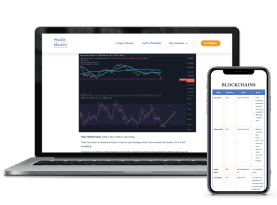



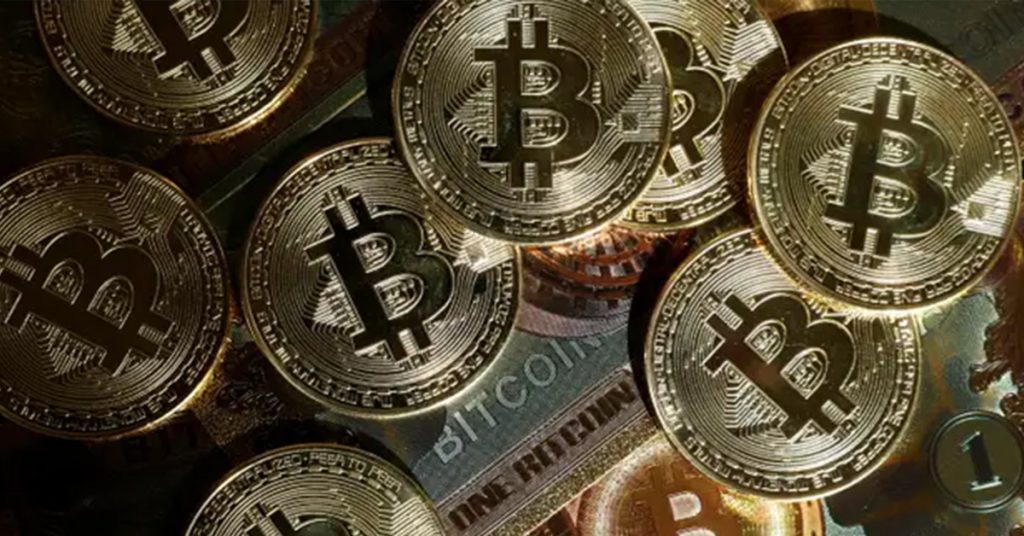
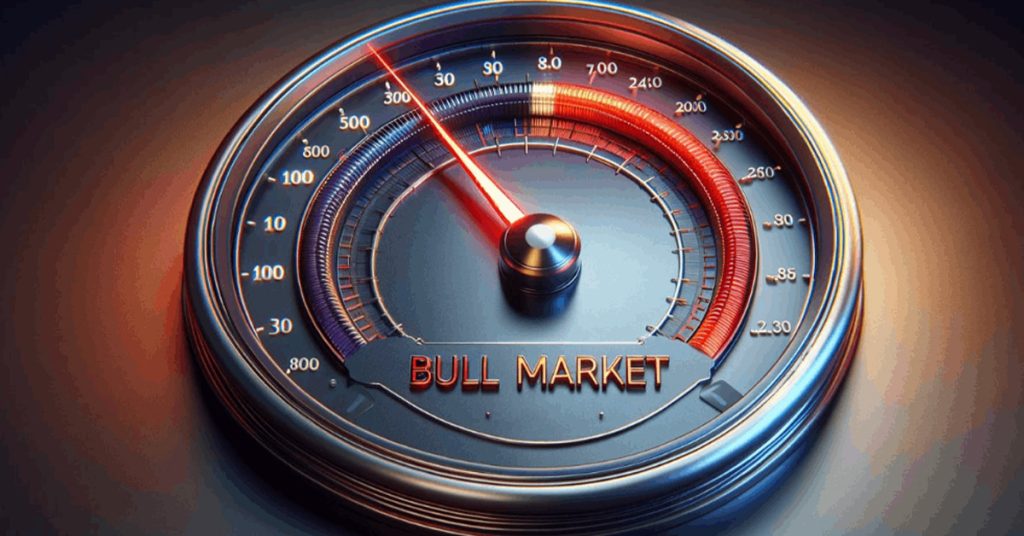
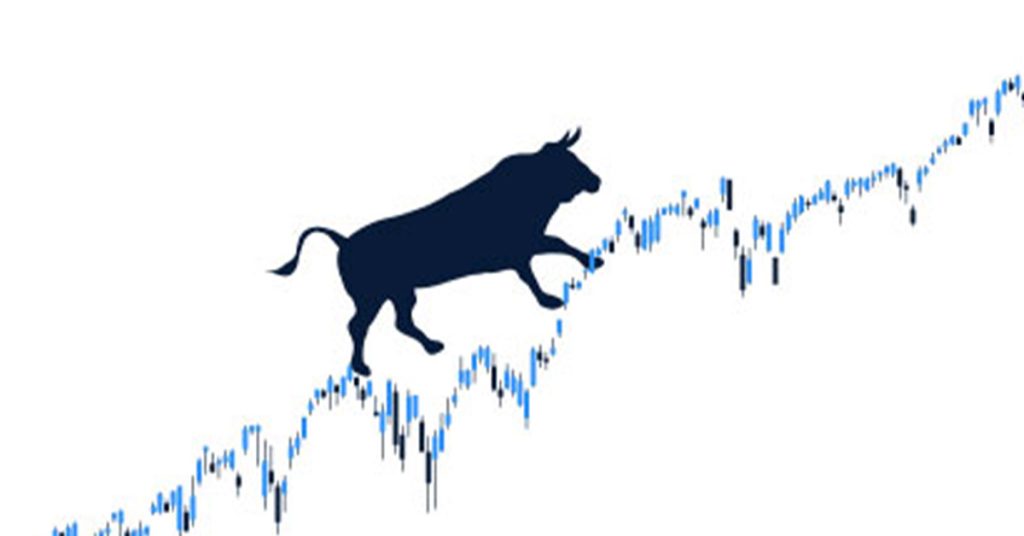
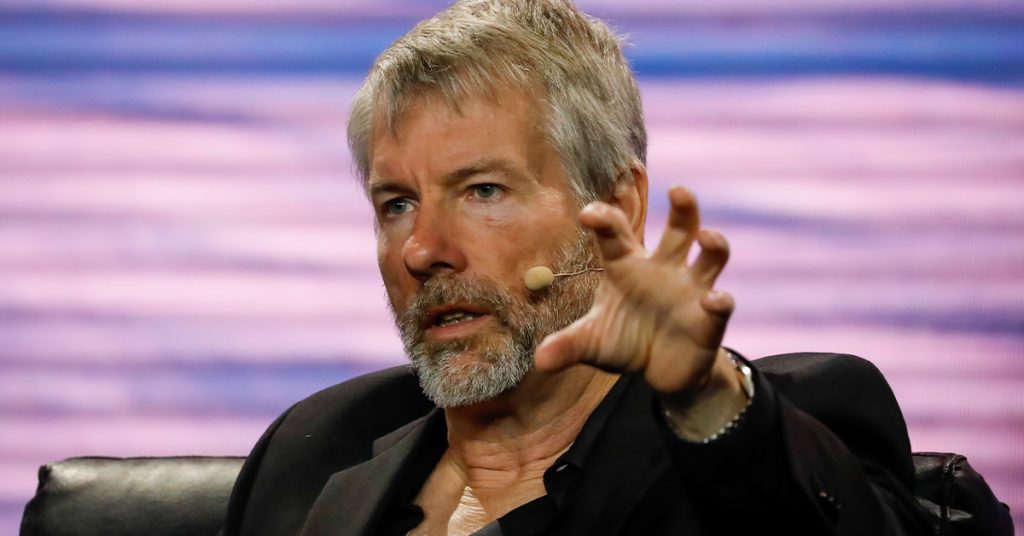
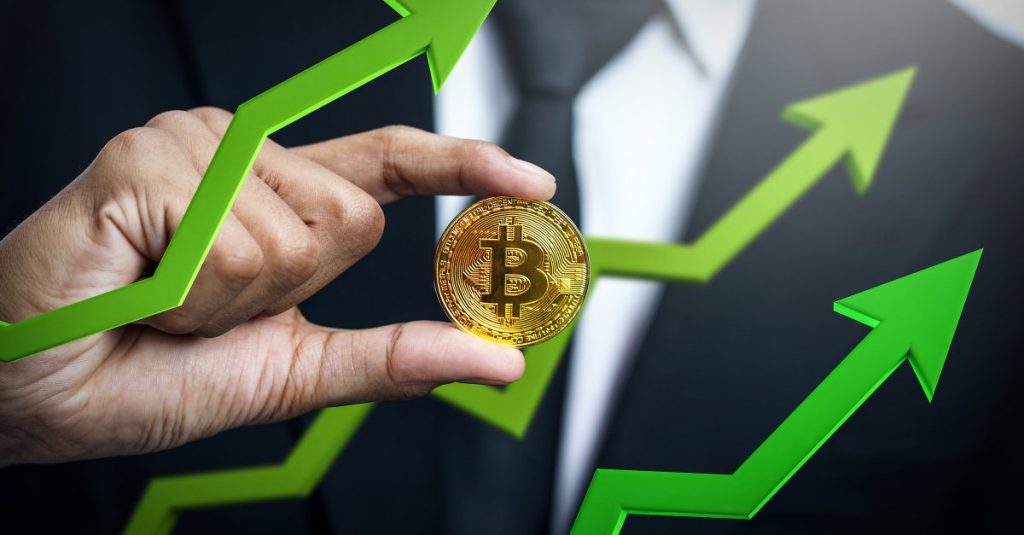
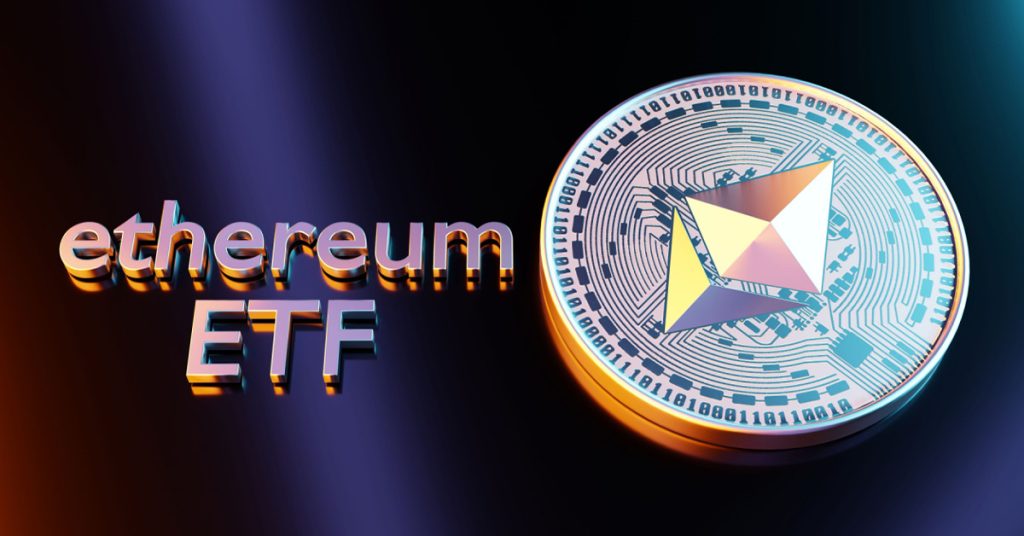
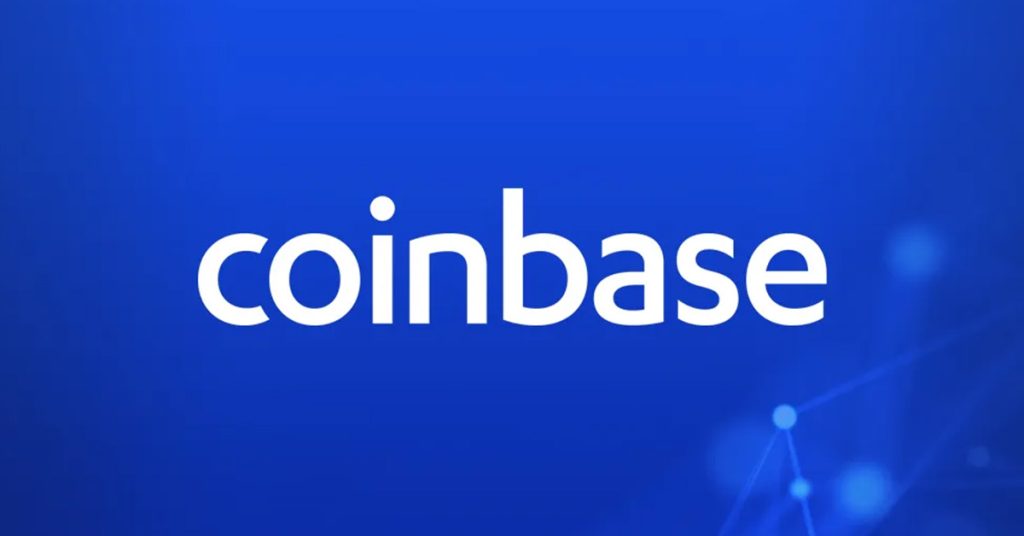
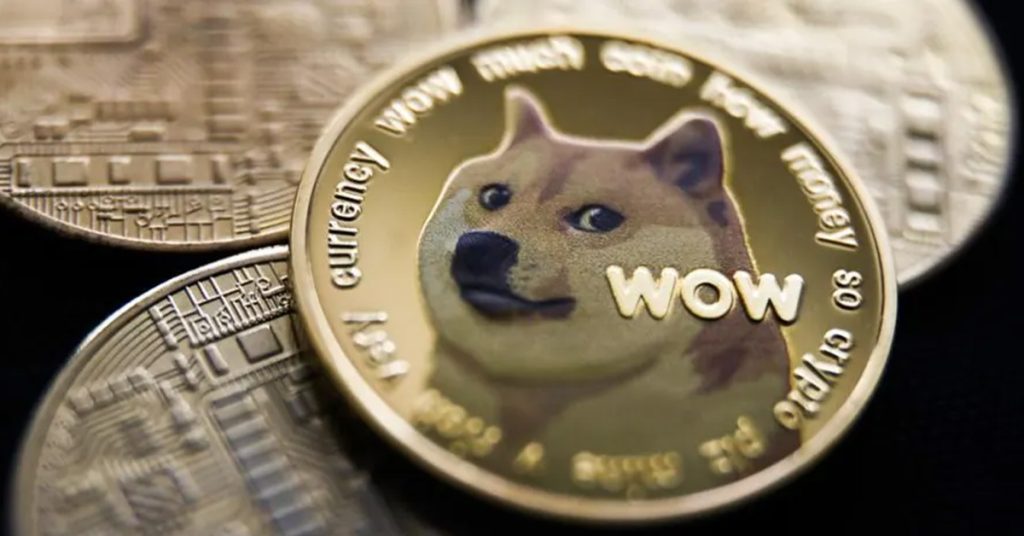
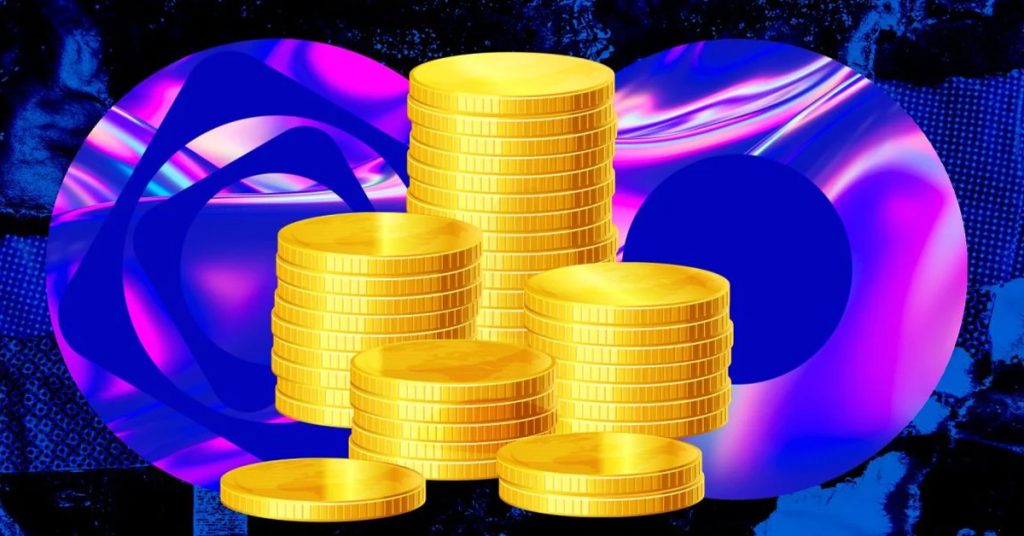

Responses